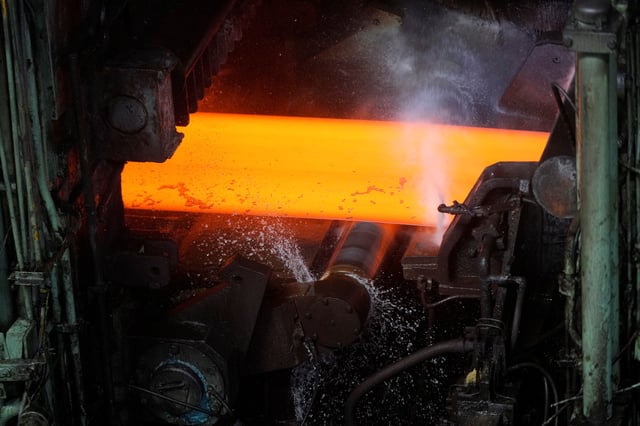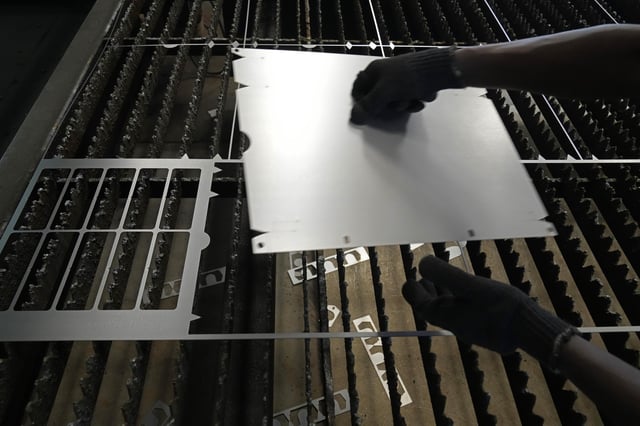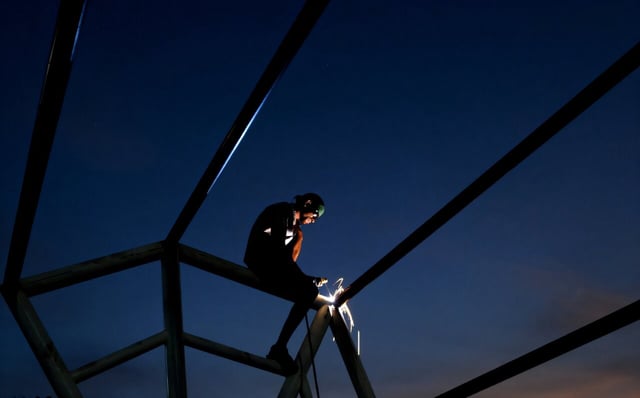Overview
- India accounts for 57% of new coal-based blast furnace capacity under development, making its actions critical to global steel decarbonization efforts.
- The country plans to expand steel production capacity from 200 million to over 330 million tonnes annually by 2030, potentially doubling steel-related emissions within five years.
- Steel production is responsible for 11% of global greenhouse gas emissions, with India's steel sector emitting 25% more CO2 per ton than the global average.
- The International Energy Agency's target for 38% of global steelmaking capacity to use electric arc furnaces by 2030 is at risk, with blast furnaces projected to dominate 64% of output.
- A narrow window remains for India to shift its steel pipeline to lower-emission technologies, as only 8–12% of planned coal-based projects have broken ground.


